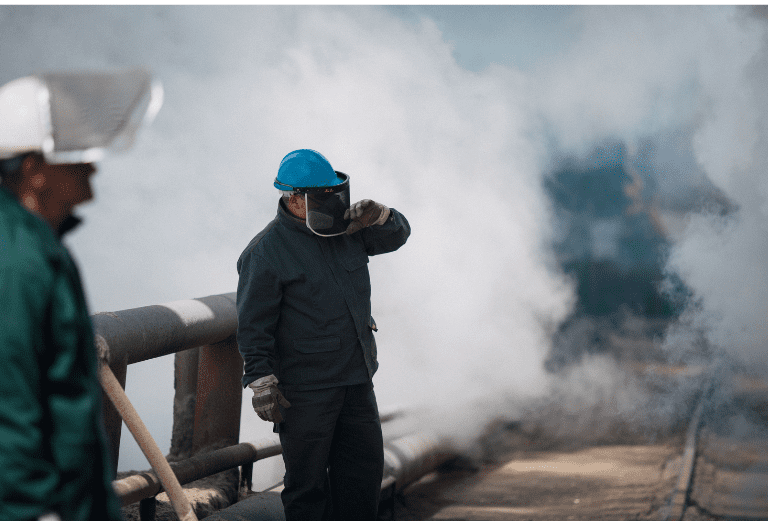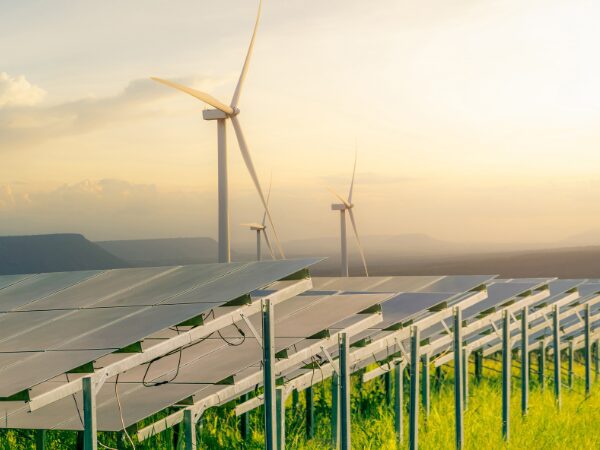Summary of Provincial Budgets 2024: Ontario & Quebec
Provincial governments are slowly unveiling their provincial budgets outlining fiscal strategies ...

As part of its plan to support green innovation, the Government of Canada is proposing a new grant, the Energy Innovation Program, to address the treatment of carbon emissions within the energy sector industries, $319 million are provided over seven years to support research, development, and commercial viability of carbon capture, utilization, and storage technologies. The carbon capture, utilization, and storage (CUSC) program will provide innovative solutions toward emissions reductions when neither electrification nor low-carbon fuels are able to provide technically or economically feasible low-carbon solutions.
Natural Resources Canada’s program will provide non repayable contribution for both R&D and demonstration costs over a period of up to 5 years. For R&D oriented projects the program contribution goes from $500,000 to $2,500,000. And for demonstration projects the program contribution goes from $1,000,000 to $5,000,000.
Are eligible for the CCUS RD&D Capture focus area, companies and organizations validly incorporated or registered in Canada, whether for-profit or not-for-profit.
The program concerns organizations such as electricity and gas utilities, electricity system operators, transmission owners and operators, companies, industry associations, research associations, and standards organizations.
More specifically, the CCUS RD&D Capture focus area is open to the following eligible projects:
Projects must be advancing early-stage and pre-commercial technologies between Technology Readiness Level 2, “Technology concept and/or application formulated” and 7, “Product or process prototype demonstration in an operational environment”.
If you fulfill these criteria, you can benefit from the program and obtain government funding to develop your innovative project.

The following activity are eligible under the CCUS RD&D Capture focus area:
Within the framework of these activities, employees’ salaries; professional, scientific, technical, and contracting services; travel costs, capital expenditures; laboratory and field supplies, and materials; printing services and translation; data collection services; facility costs for seminars; licence fees and permits, will be considered eligible expenditures and will be reimbursed.

To apply to the CCUS RD&D Capture focus area, applicants must complete and submit their expression of interest (EIO) application to NRCan by October 3, 2022. Once your eligibility is confirmed, you need to gather all relevant information and to structure your full project proposal (FPP). You can ask between 500,000 and up to $5 million depending on the activities you plan to undertake.
We can help you completing the EIO and your FFP with the appropriate documents attached to ensure the best chance of success in the financing of your project. The funding will be granted as a non-repayable funding of up to 75% of the project costs for R&D and up to 50% for demonstration projects.
Finally, you will need to prepare the follow-up documentation, indeed you must provide the NRCan with the relative invoices and certificates and you will be reimbursed on a quarterly or monthly basis.
Leyton has a team of grant experts to assist you in your project, from the structuring of your budget to the preparation of receipts, and through the procedures with the agency, we offer our help for your funding procedure to enable you to concentrate on your company’s future.
Explore our latest insights
More arrow_forward
Provincial governments are slowly unveiling their provincial budgets outlining fiscal strategies ...

Recently, Canadian representatives attended COP27 to discuss the actionable steps to implement to...

Human-Machine Collaboration has become an essential part of the manufacturing industry. This coll...

Recent announcements demonstrate that the SR&ED program is now under review. The government w...